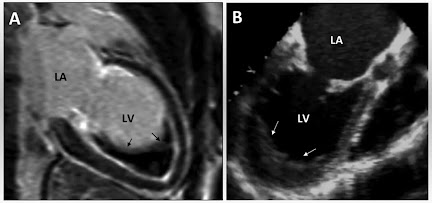Aasgaduli.blogspot.com
Asphyxia
Definition : improper aeration of blood if continued for some time , then it produce a series of pathological changes and finally cause death which is known as Asphyxia.
OR
Asphyxia is the condition characterized by combination of hypoxia and hypercapnea, due to obstruction of air passage.
Codition when asphyxia occurs: acute obstruction of air passage due to...
i. Strangulation .
ii. Hanging.
iii. Drowning.
Stages of asphyxia:
1. Stage of Hyperpnoea: in this stage breathing becomes deep and rapid because of the powerful stimulation of respiratory centre by the excess carbon dioxide. Hyperpnoea is followed by dyspnea and cyanosis and eyes become more prominent. Duration of this stage extends only 1min.
2. Stage of convulsion or central excitation: in this stage hypercapnea acts on brain and produce following effects...
i. Violent expiratory efforts.
ii. Generalized convulsion.
iii. Increase heart rate.
iv. Increase arterial blood pressure.
v. Loss of consciousness.
Duration of this stage less then 1 min.
3. Stage of collapse / central depression / slow deep inspiration: in this stage severe hypoxia produce following effects...
i. Depression of centers in brain and disappearance of convulsion.
ii. Development of respiratory gasping with open mouth.
iii. Dilation of pupils.
iv. Decrease heart rate.
v. Loss of all reflexes.
Duration of this stage about 3 min.






No comments:
Post a Comment
Please do not enter any spam link in the comment box